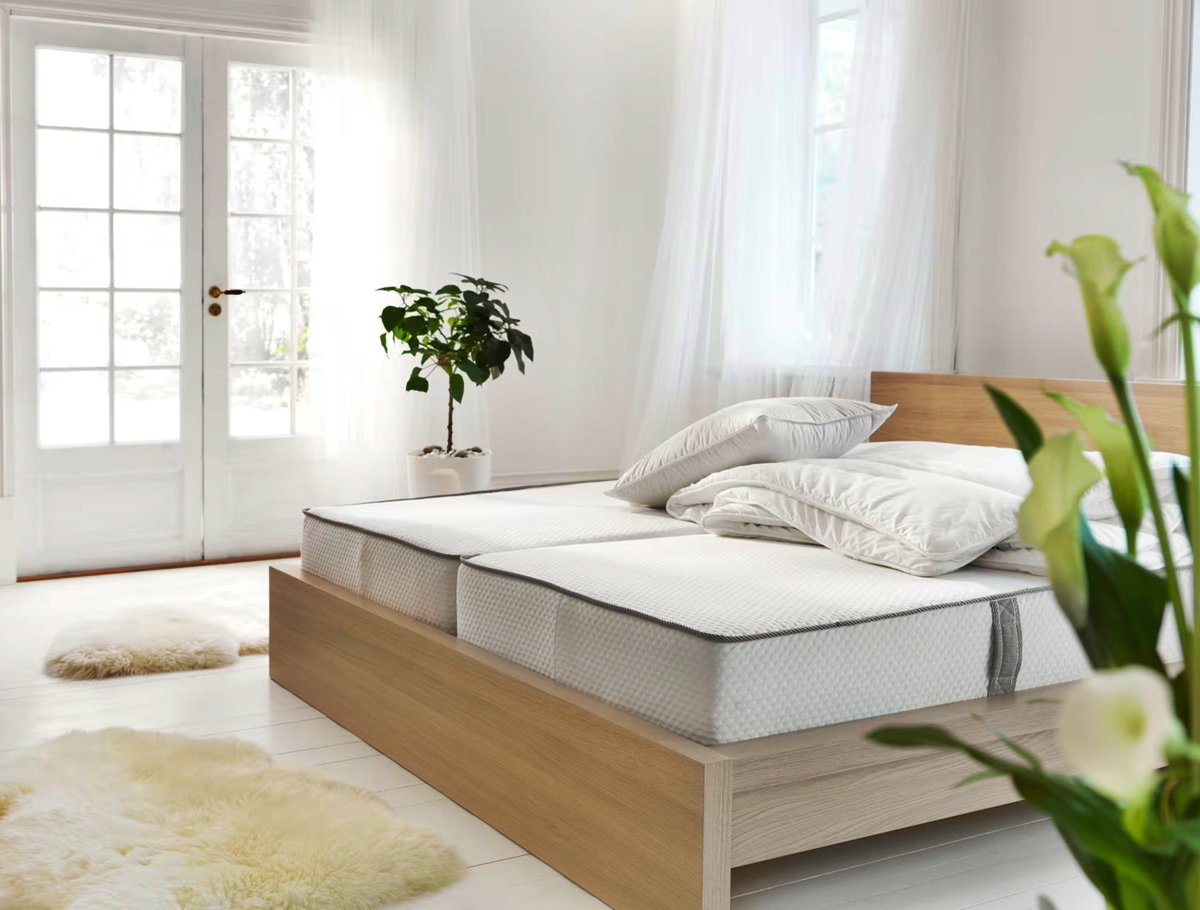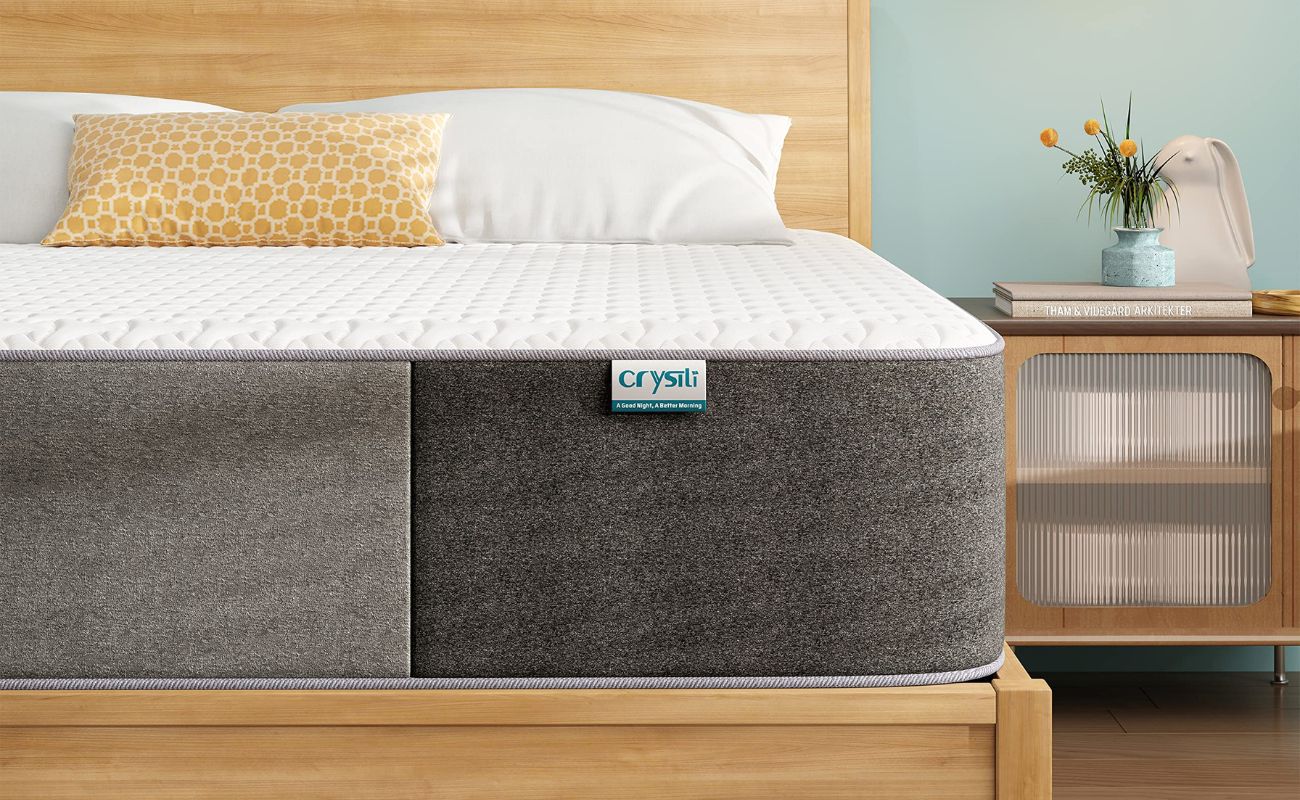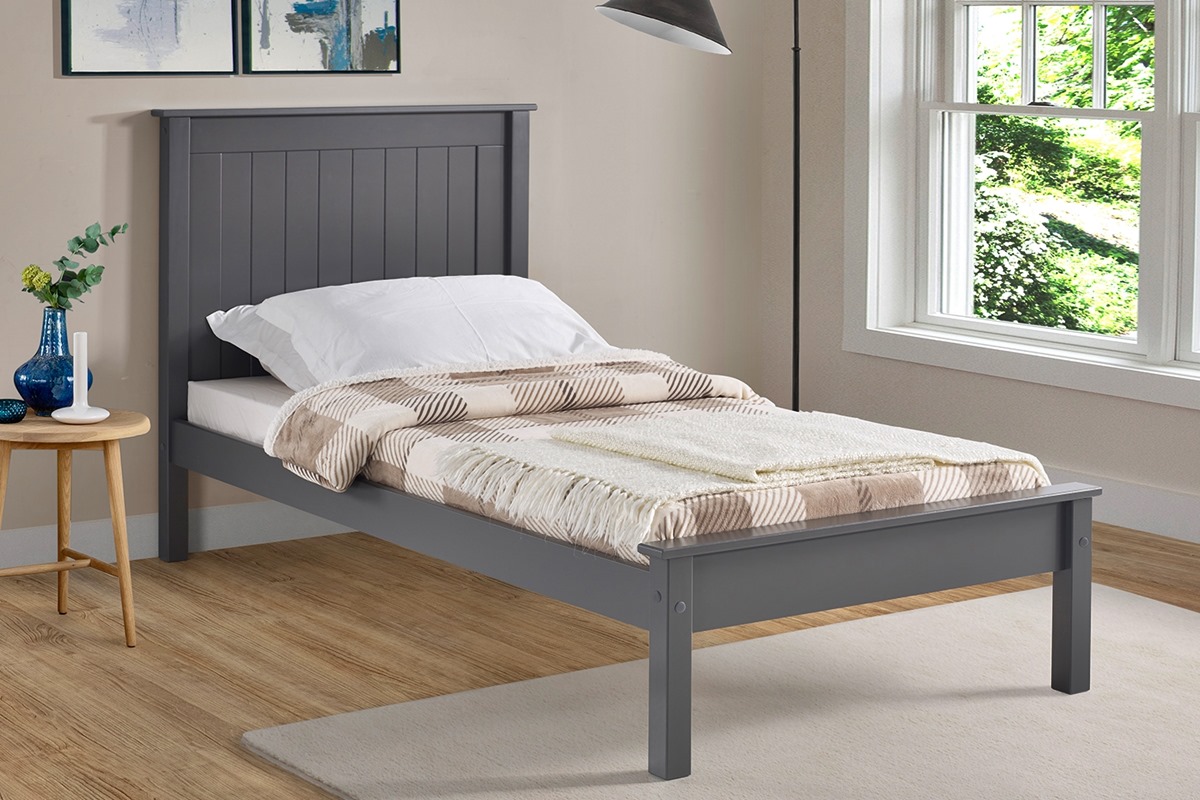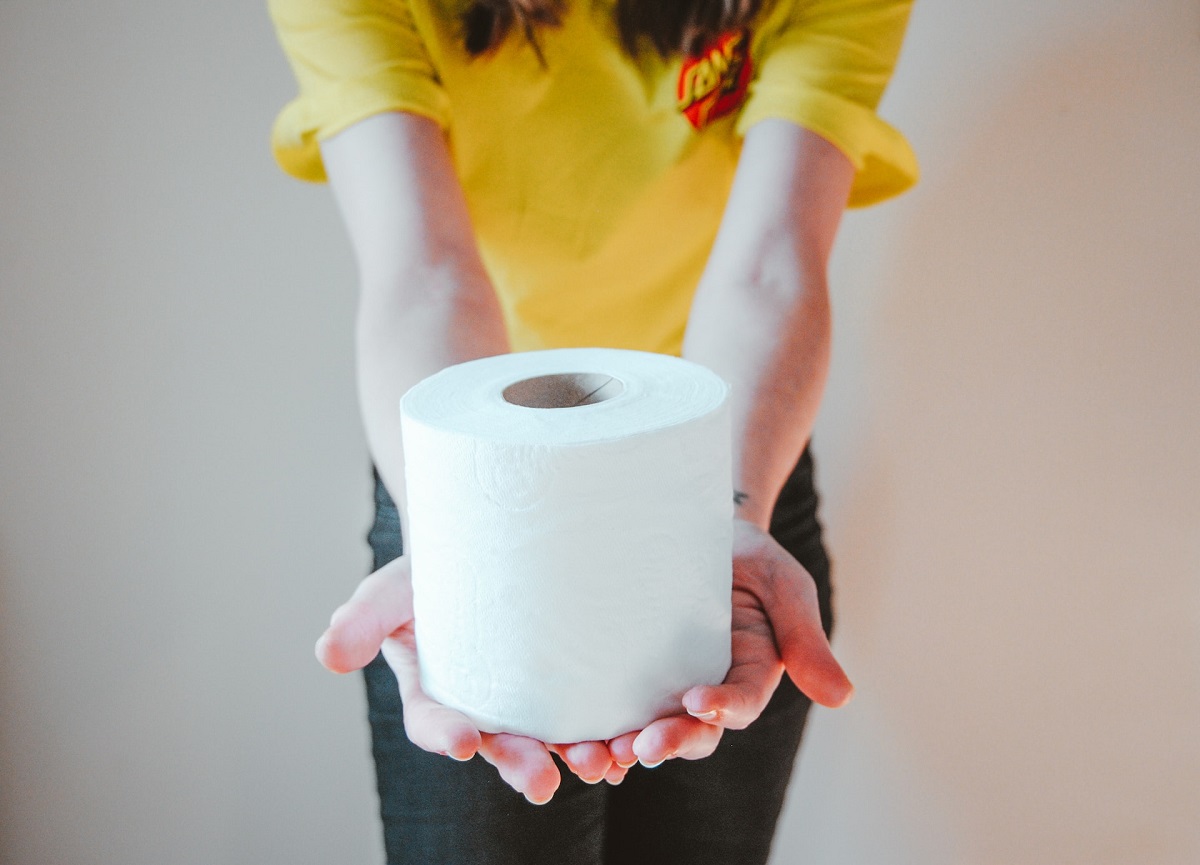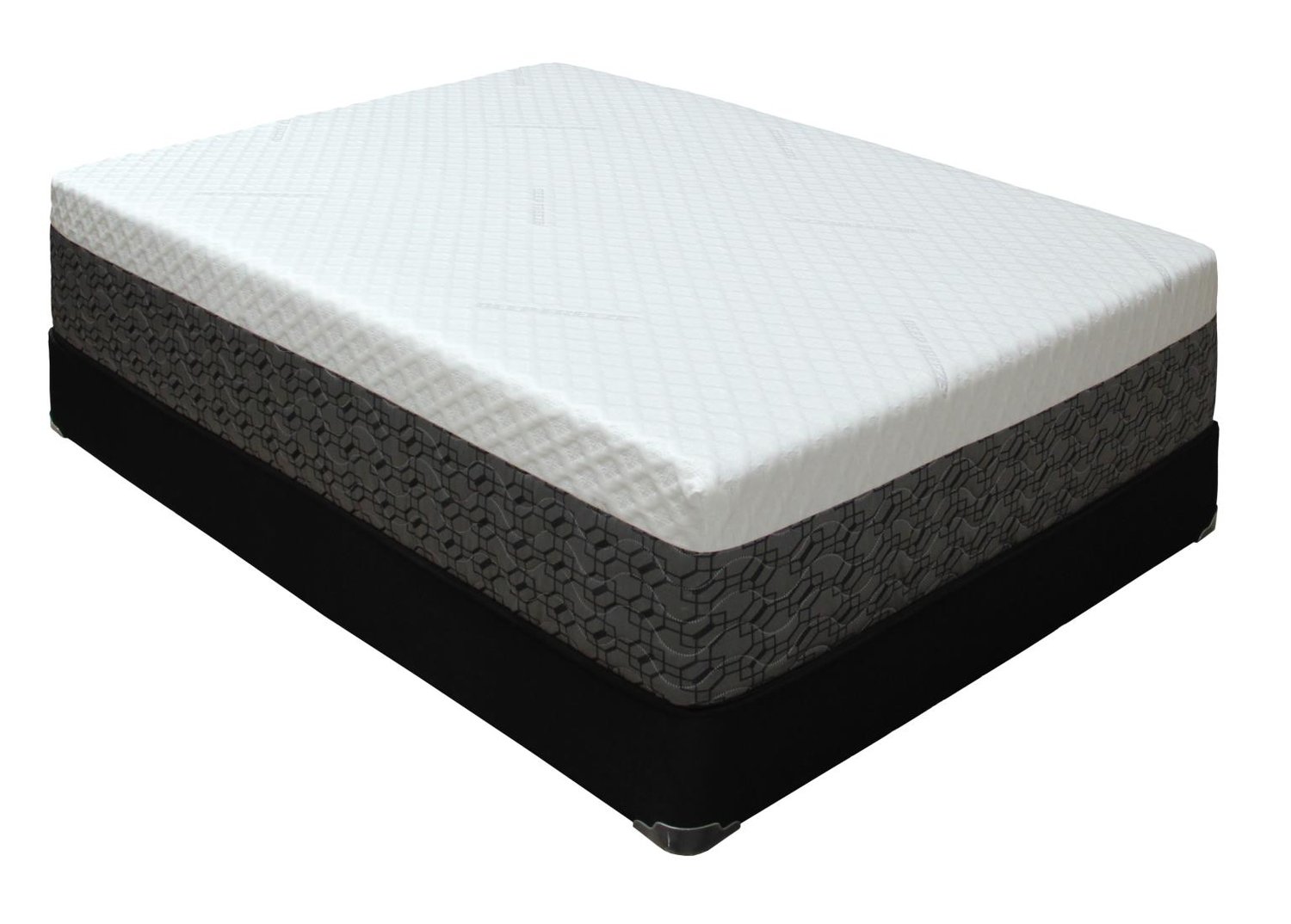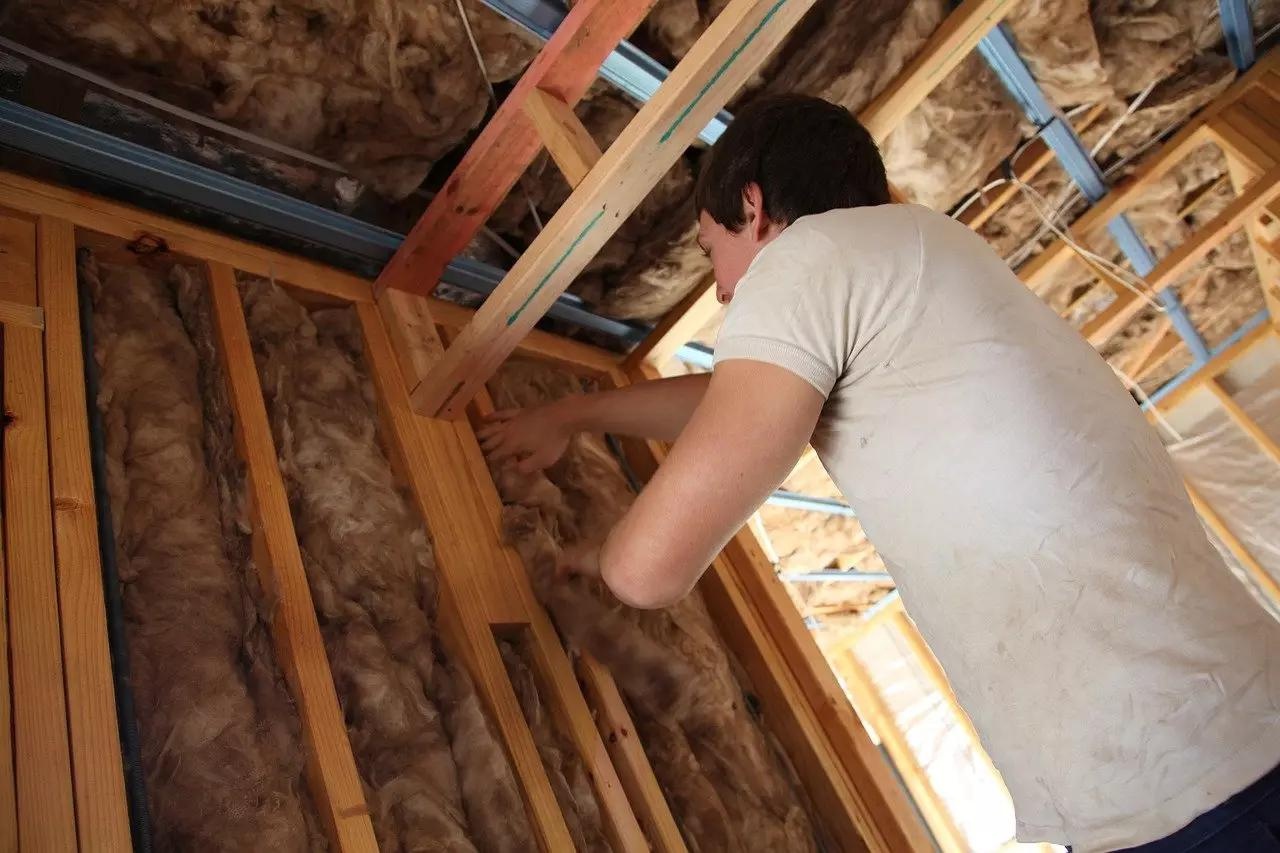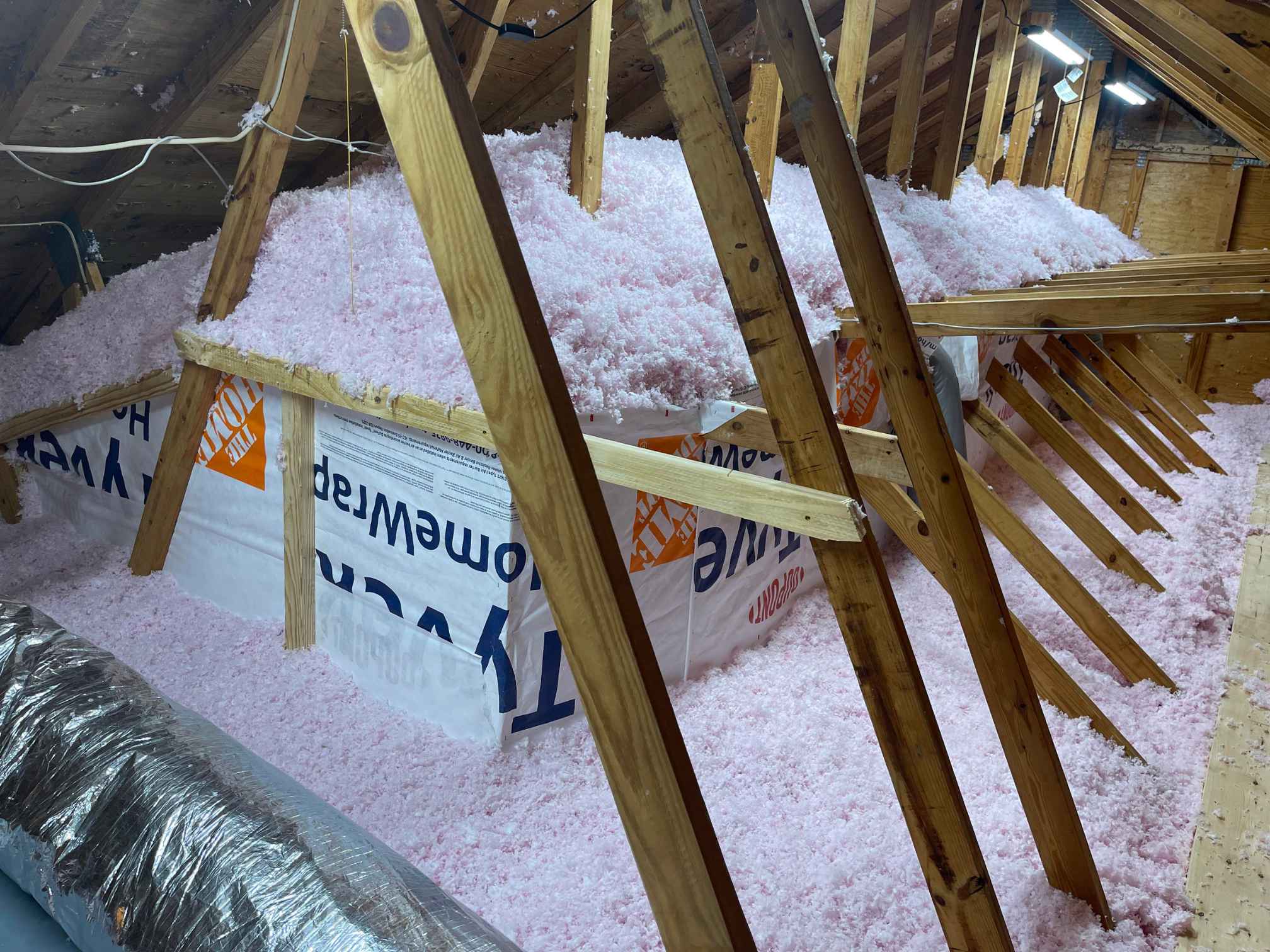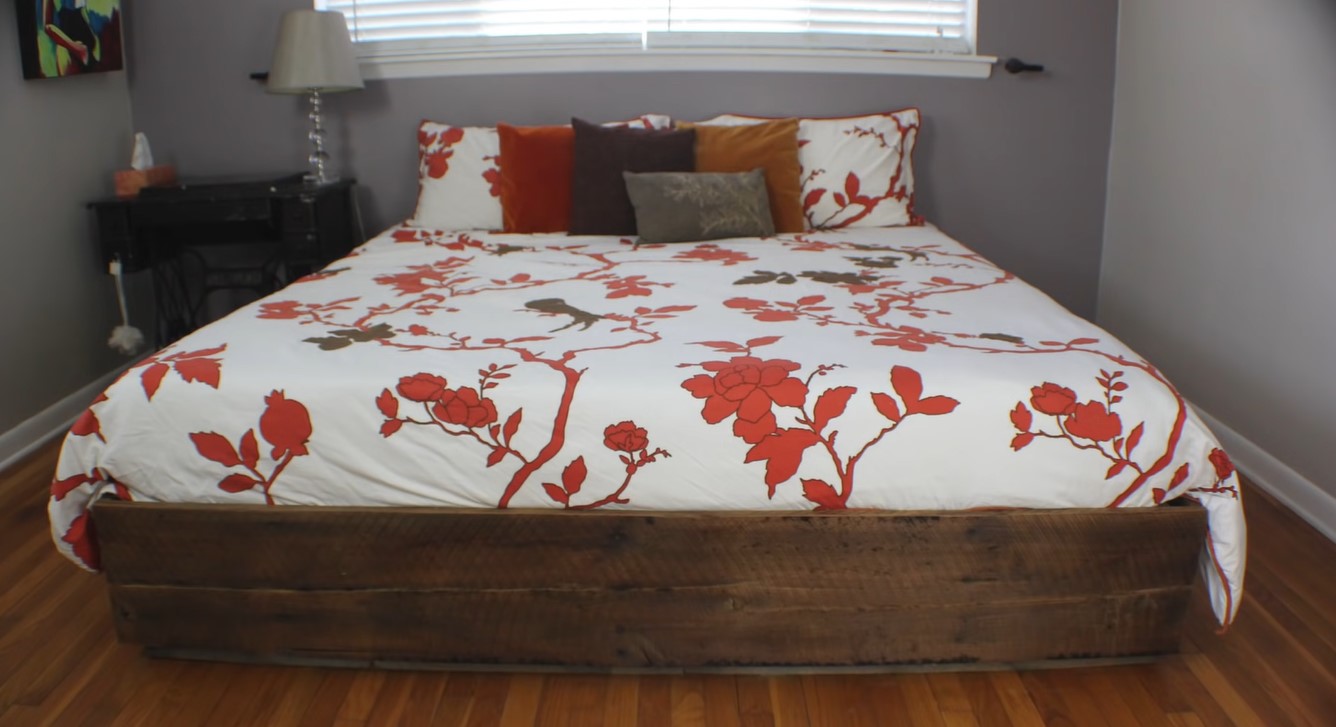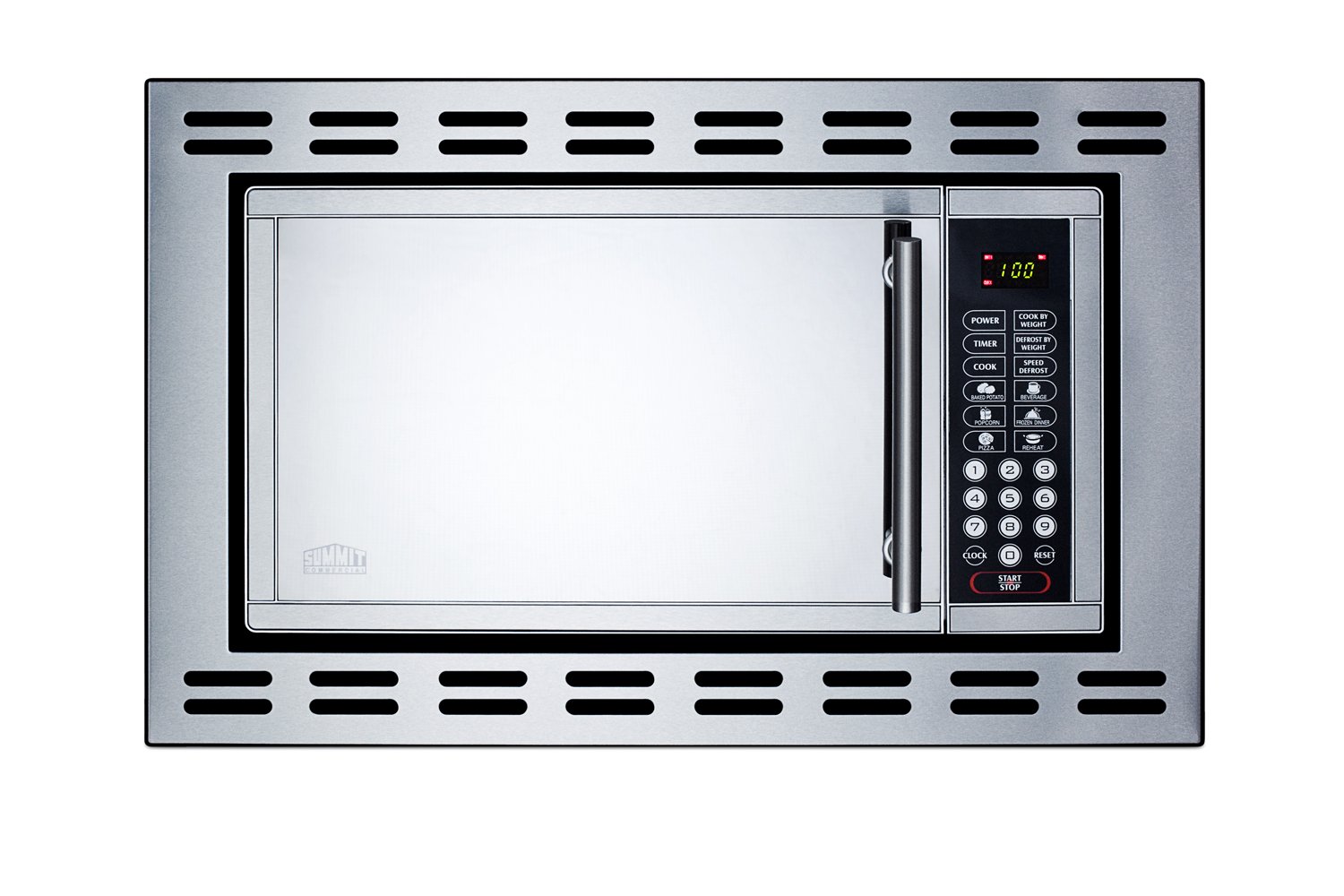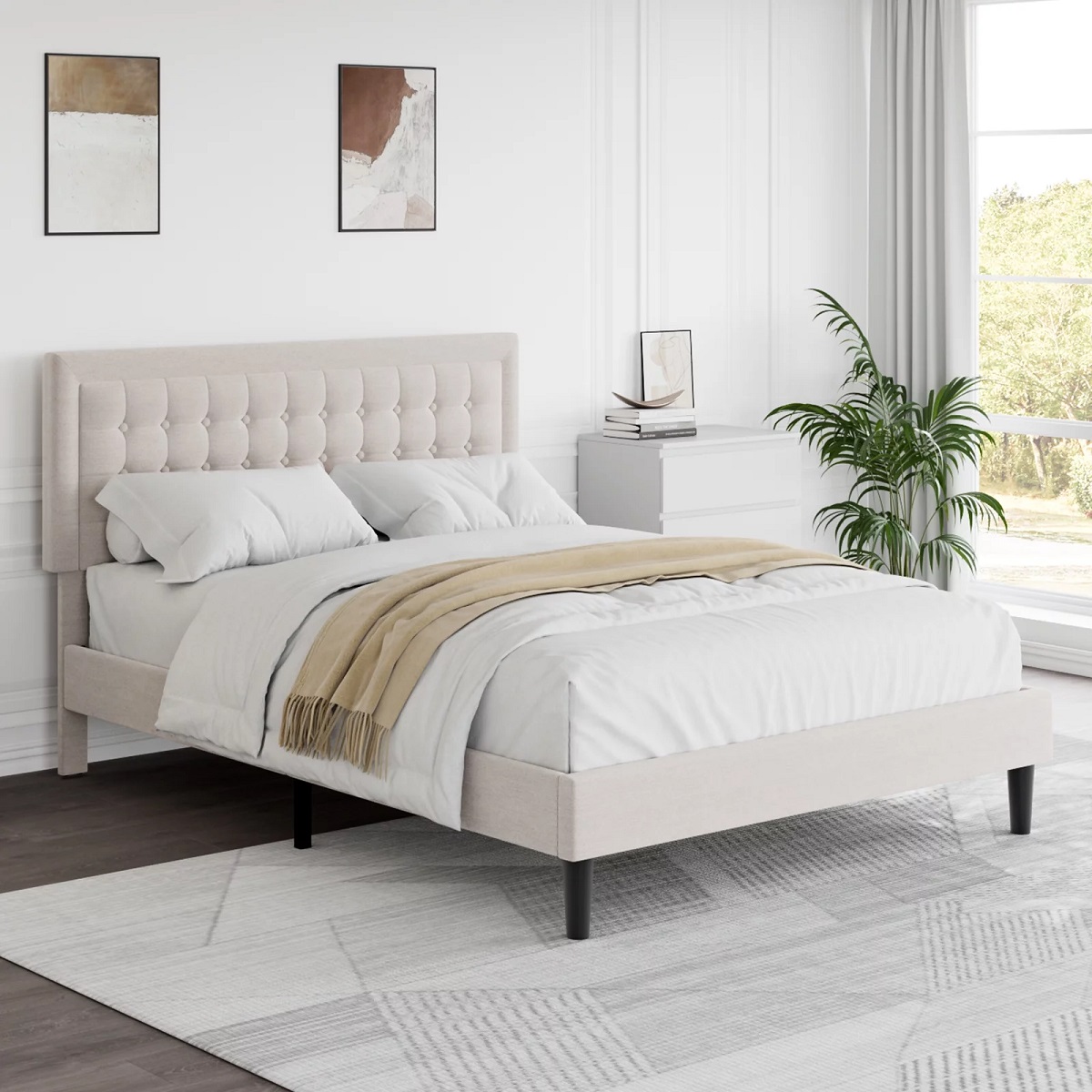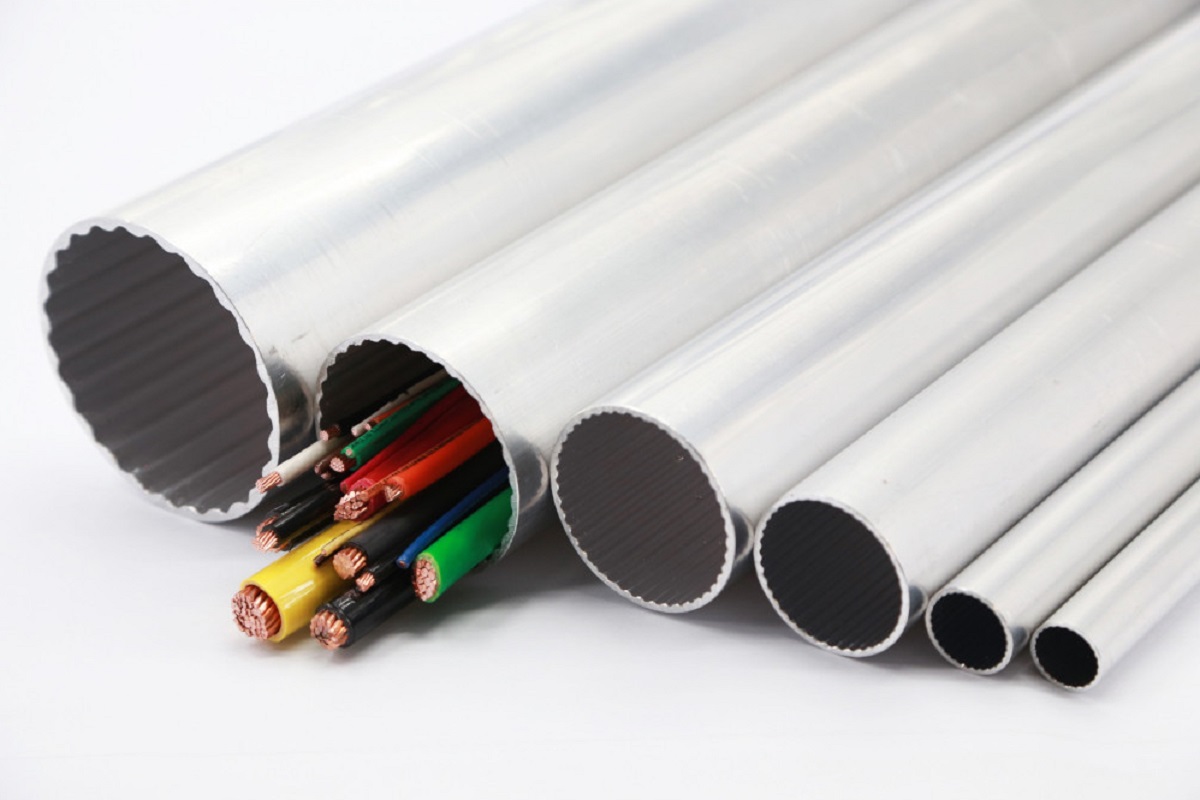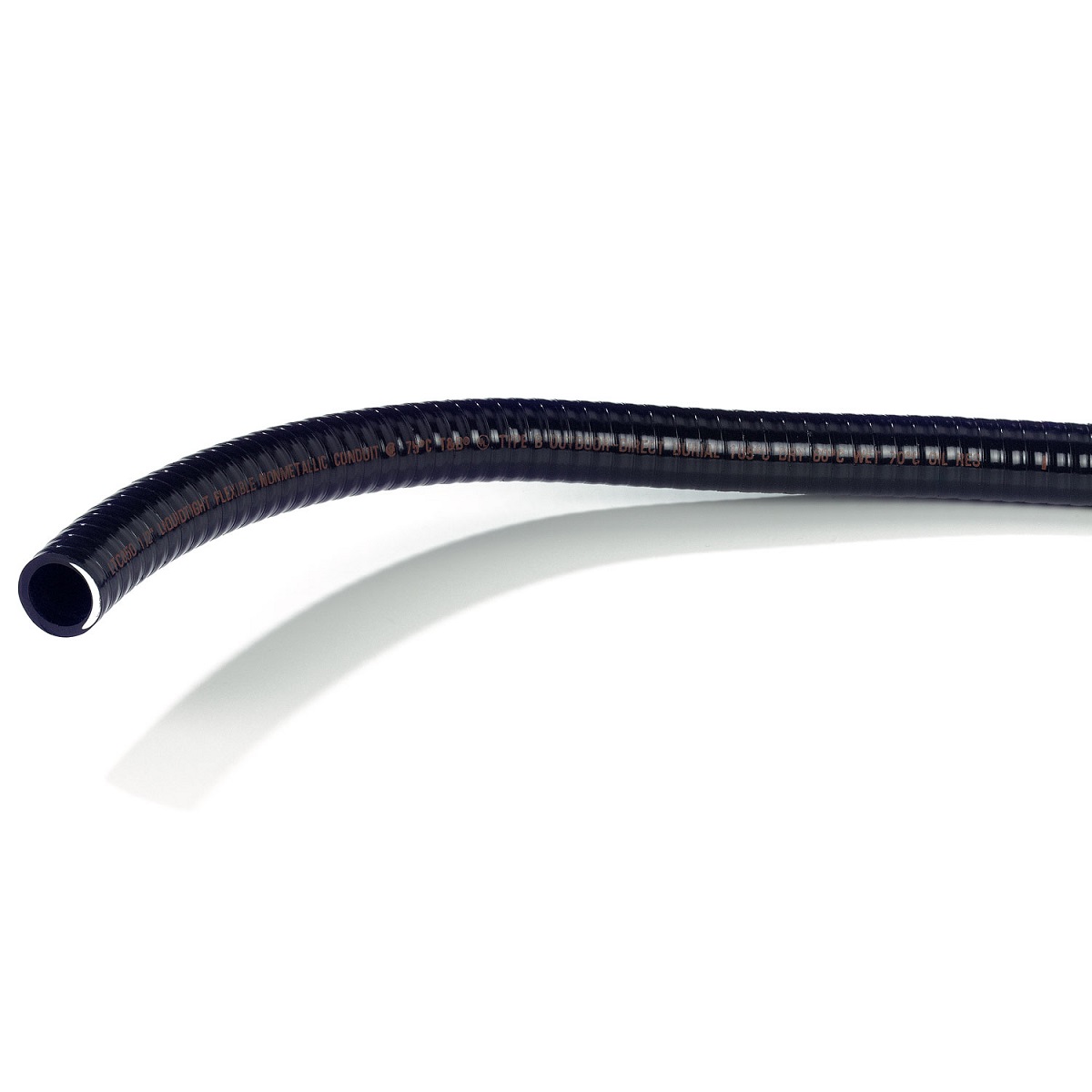Home>Furniture>Bedroom Furniture>How Many Inches Is A Deep Mattress
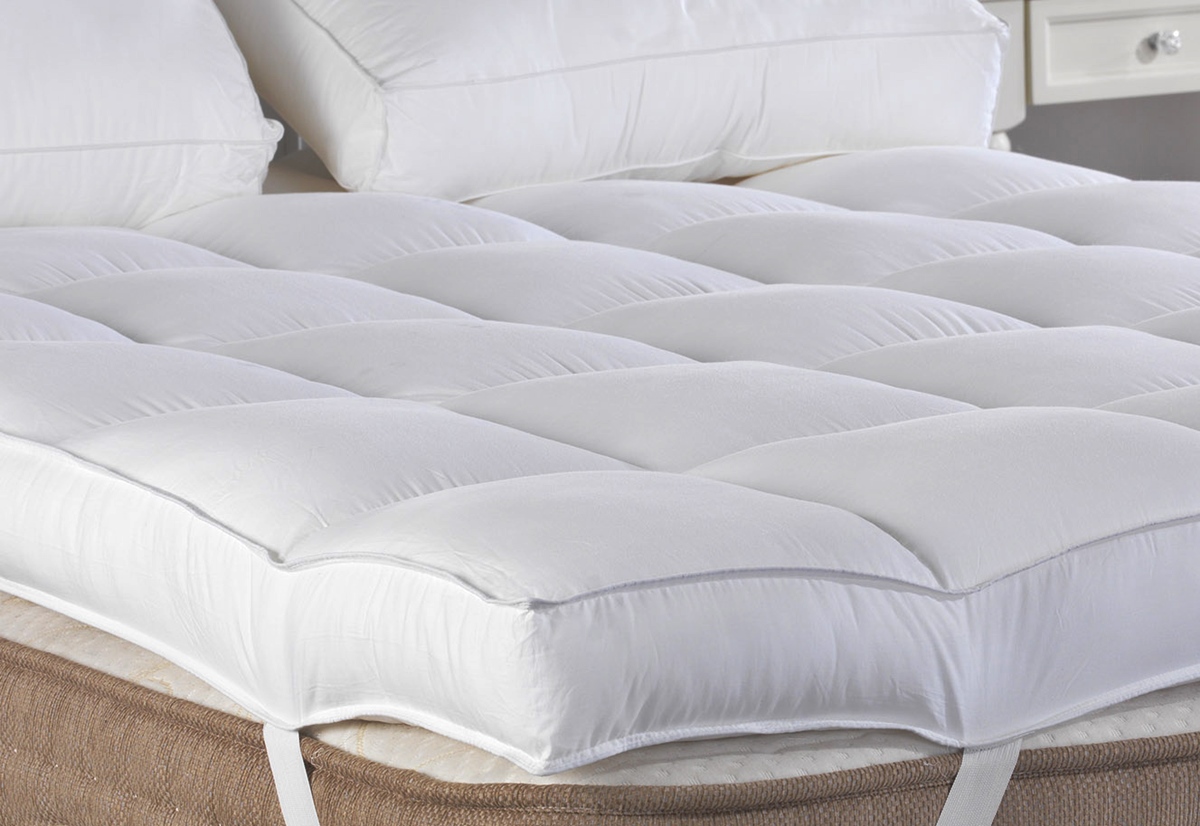

Bedroom Furniture
How Many Inches Is A Deep Mattress
Modified: February 24, 2024
Discover the perfect deep mattress for your bedroom with our comprehensive guide. Find out how many inches are ideal for your bedroom furniture and ensure a comfortable night's sleep.
(Many of the links in this article redirect to a specific reviewed product. Your purchase of these products through affiliate links helps to generate commission for Storables.com, at no extra cost. Learn more)
Introduction:
Welcome to our comprehensive guide on deep mattresses. When it comes to getting a good night’s rest, the right mattress makes all the difference. And if you’re someone who prefers a plush and luxurious sleep surface, then a deep mattress might be exactly what you need.
Deep mattresses offer a generous amount of cushioning and are known for providing superior comfort and support. They are designed with extra layers of padding and often have a thicker profile than standard mattresses. In this article, we will delve into everything you need to know about deep mattresses, including common sizes, factors to consider when choosing the depth, pros and cons, and even how to measure the depth of your own mattress.
Whether you’re dealing with back pain, looking to upgrade your sleeping experience, or simply love the feeling of sinking into a soft cloud-like bed, deep mattresses can offer the perfect solution. So, let’s dive in and explore the world of deep mattresses.
Understanding Deep Mattresses:
Deep mattresses, also known as deep pocket mattresses or pillow top mattresses, are designed with extra layers of padding and cushioning to provide maximum comfort and support. These mattresses typically have a thickness ranging from 12 to 18 inches, although some models can be even thicker.
The extra depth of a deep mattress is achieved through the use of various comfort layers such as memory foam, latex foam, or pillow tops, which are sewn or attached to the surface of the mattress. These layers create a plush and luxurious feel, allowing you to sink into the mattress and experience a cocoon-like sleeping experience.
One of the key benefits of deep mattresses is their ability to contour and support your body’s natural curves. The added padding helps relieve pressure points, align your spine, and reduce the risk of waking up with aches and pains. This makes deep mattresses particularly suitable for side sleepers or individuals with joint or muscle issues.
Deep mattresses also offer enhanced motion isolation, meaning that movements made by one person on the bed are less likely to be felt by their partner. This can be advantageous for couples or individuals sharing a bed, as it minimizes sleep disturbances when one person moves or changes position.
It’s important to note that deep mattresses may require special deep pocket fitted sheets to fit properly. These sheets are designed to accommodate the extra thickness of the mattress and prevent them from slipping off during sleep.
Now that we have a better understanding of the concept of deep mattresses, let’s explore the common sizes available in the market.
Key Takeaways:
- Deep mattresses, ranging from 12 to 18 inches in thickness, offer superior comfort, support, and motion isolation. They are ideal for side sleepers and those seeking a plush, cocoon-like sleeping experience.
- When choosing a deep mattress, consider factors such as sleeping position, body weight, comfort level, and budget. Measure the depth accurately and weigh the pros and cons to make an informed decision.
Read more: How Deep Is A Deep Pocket Mattress
Common Sizes of Deep Mattresses:
Deep mattresses are available in a variety of sizes to suit different preferences and needs. Whether you have a small bedroom or a spacious master suite, there’s a size that will fit your requirements. Here are the most common sizes of deep mattresses:
- Twin: A twin deep mattress measures approximately 39 inches wide by 75 inches long. It is ideal for single sleepers or children’s bedrooms where space is limited.
- Twin XL: The twin XL size is similar to the standard twin size but with additional length. It measures around 39 inches wide by 80 inches long, making it perfect for taller individuals or college dormitories.
- Full: Often referred to as a double bed, a full-size deep mattress measures about 54 inches wide by 75 inches long. It provides more width for single sleepers or couples who prefer to sleep closer together.
- Queen: Queen-size deep mattresses are one of the most popular choices. Measuring approximately 60 inches wide by 80 inches long, they offer ample space for couples or individuals who like to spread out while sleeping.
- King: If you want maximum space and luxury, a king-size deep mattress is the way to go. It typically measures around 76 inches wide by 80 inches long, providing plenty of room for couples, parents who co-sleep with their children, or those who simply love to have extra space while sleeping.
- California King: The California king deep mattress is similar in width to a standard king-size but has additional length. It measures about 72 inches wide by 84 inches long, making it an excellent choice for taller individuals who need the extra legroom.
It’s important to consider the size of your bed frame and bedroom space when choosing a deep mattress. Make sure to measure the dimensions accurately to ensure a perfect fit and a comfortable sleeping environment.
Now that we have covered the common sizes, let’s move on to the factors you should consider when choosing the depth of your mattress.
Factors to Consider When Choosing the Depth of Your Mattress:
Choosing the right depth for your mattress is crucial for ensuring comfort and a good night’s sleep. Here are some factors to consider when deciding on the depth of your mattress:
- Sleeping Position: Your sleeping position plays a significant role in determining the appropriate depth for your mattress. Side sleepers often benefit from deeper mattresses as they provide better pressure relief and contouring for the hips and shoulders. On the other hand, stomach or back sleepers may prefer a medium-depth mattress that offers adequate support without excessive sinking.
- Body Weight: Your body weight can influence how much sinkage and support you require from your mattress. Heavier individuals may need a deeper mattress to prevent bottoming out and ensure proper alignment, while lighter individuals might find a shallower mattress sufficient for their needs.
- Comfort Level: Deep mattresses are known for their plush and cushioned feel. However, the level of cushioning may vary depending on personal preference. If you prefer a softer and more contouring feel, opt for a deeper mattress with thick comfort layers. If you prefer a firmer feel with less sinkage, a medium-depth mattress might be a better choice.
- Bed Height: The depth of your mattress can affect the overall height of your bed. Consider the height of your bed frame, foundation, and any additional components when choosing the depth. You want to ensure that getting in and out of bed feels comfortable and convenient for you.
- Temperature Regulation: Deep mattresses with thick foam layers or pillow tops may retain more heat compared to thinner mattresses. If you tend to sleep hot or live in a warm climate, consider opting for a mattress with cooling technologies or breathable materials to promote better airflow and temperature regulation.
- Budget: Deeper mattresses, especially those with high-quality materials and added layers of padding, generally come at a higher price point. Consider your budget and prioritize your comfort needs to find a mattress that offers the right balance between cost and quality.
By considering these factors, you can narrow down your options and find a deep mattress that perfectly caters to your specific needs and preferences. Now, let’s take a closer look at the pros and cons of deep mattresses.
Pros and Cons of Deep Mattresses:
Deep mattresses offer a variety of benefits, but it’s important to weigh them against some potential drawbacks. Here are the pros and cons of deep mattresses:
Pros:
- Maximized Comfort: Deep mattresses are designed with extra layers of padding, providing a plush and luxurious sleep surface. They offer superior comfort and can alleviate pressure points, leading to a more restful sleep.
- Enhanced Support: With their additional layers of cushioning, deep mattresses can provide better support for your body, promoting proper spinal alignment and reducing aches and pains.
- Motion Isolation: Deep mattresses excel at isolating movements, meaning that you’re less likely to feel your partner’s movements during the night. This can greatly reduce disturbances and ensure better sleep for both individuals sharing the bed.
- Durability: Deep mattresses are often constructed with high-quality materials, making them more durable and long-lasting compared to standard mattresses. They can withstand wear and tear, maintaining their shape and support for an extended period.
- Luxurious Aesthetic: The thicker profile of deep mattresses adds a visual appeal to your bedroom. They have a luxurious aesthetic that can elevate the overall look and feel of your sleeping space.
Cons:
- Heavier Weight: Deep mattresses tend to be heavier due to their additional layers and padding. This can make it more challenging to move or rotate the mattress, especially if you need to do so frequently.
- Higher Price Point: The added comfort and luxury of deep mattresses often come at a higher price tag. If budget is a concern, deep mattresses may not be the most cost-effective option.
- Heat Retention: Some deep mattresses, particularly those with thick foam layers, may retain heat and cause the sleeper to sleep hot. It’s essential to choose a deep mattress with cooling technologies or breathable materials if you’re prone to overheating during sleep.
- Sheet Size and Compatibility: Deep mattresses require deep pocket fitted sheets to ensure a proper fit. It may be a bit more difficult to find the perfect sheets for your deep mattress, and they may come at a slightly higher cost compared to standard sheets.
Considering these pros and cons will help you make an informed decision about whether a deep mattress is the right choice for you. Next, let’s learn how to measure the depth of your mattress.
When measuring the depth of a deep mattress, use a tape measure to determine the distance from the top surface to the bottom, including any additional padding or pillow tops. This will give you an accurate measurement in inches.
How to Measure the Depth of Your Mattress:
Before purchasing deep pocket sheets or selecting a deep mattress, it’s essential to accurately measure the depth of your mattress. Here’s a step-by-step guide to help you measure the depth:
- Gather your tools: You’ll need a tape measure or ruler to measure the depth of your mattress. Make sure it’s long enough to extend across the entire width of the mattress.
- Remove any bedding or mattress protectors: Strip off any blankets, sheets, or mattress protectors from your mattress so that you can measure directly on the mattress surface.
- Position the tape measure: Start by positioning one end of the tape measure at the highest point of the mattress. This is typically the edge, where the mattress meets the side walls or the top layer.
- Extend the tape measure: Carefully extend the tape measure across the full width of the mattress until you reach the opposite side. Make sure the tape measure is parallel to the mattress surface and not slanted.
- Read the measurement: Once the tape measure is securely in place, take note of the measurement. This will be the depth of your mattress.
Typically, the depth of a deep mattress falls within the 12 to 18 inches range. However, it’s always best to verify the exact measurement to ensure accuracy when shopping for deep pocket sheets or selecting the appropriate bedding for your mattress.
Keep in mind that mattresses can compress over time, so it’s a good idea to measure the depth periodically to ensure accuracy. Additionally, if your mattress has different depth levels due to varying comfort layers or pillow tops, measure each section separately to ensure you have the correct dimensions.
Now that you’ve learned how to measure the depth of your mattress, you’ll be better equipped to find the perfect bedding and ensure a snug fit. Let’s move on to the frequently asked questions about deep mattresses.
Read more: How To Deep Clean A Mattress At Home
Frequently Asked Questions:
1. Are deep mattresses suitable for all body types?
Deep mattresses can accommodate various body types, but it’s important to consider individual preferences and needs. Heavier individuals may benefit from a deeper mattress to provide adequate support and prevent bottoming out, while lighter individuals may find a medium-depth mattress more comfortable.
2. Do I need to use special sheets for deep mattresses?
Yes, deep mattresses typically require deep pocket fitted sheets to ensure a proper and secure fit. These sheets have extra fabric depth to accommodate the thicker mattress and prevent them from slipping off during sleep.
3. Can deep mattresses help with back pain?
Deep mattresses with proper support can help alleviate back pain by promoting proper spinal alignment and reducing pressure on sensitive areas. However, it’s important to select a mattress that suits your individual needs and preferences, as the level of firmness and support can vary.
4. How long do deep mattresses usually last?
The lifespan of a deep mattress depends on several factors, including the quality of materials used and the level of care. On average, a high-quality deep mattress can last anywhere from 8 to 10 years with proper maintenance.
5. Can I use a deep mattress with an adjustable bed frame?
Deep mattresses can typically be used with adjustable bed frames, but it’s crucial to ensure compatibility. Check the specifications of both the mattress and the bed frame to verify their compatibility for optimal performance and functionality.
6. How do I clean a deep mattress?
To clean a deep mattress, check the manufacturer’s guidelines for specific instructions. In general, regular rotation, spot cleaning with a mild detergent, and using a mattress protector can help keep your deep mattress clean. Avoid excessive moisture and direct sunlight, as they can damage the materials.
Remember, if you have specific concerns or questions about your deep mattress, it’s best to consult the manufacturer or a sleep expert for personalized advice.
With these frequently asked questions answered, you now have a deeper understanding of deep mattresses. Let’s conclude our guide.
Conclusion:
In conclusion, deep mattresses are a popular choice for those seeking a plush and indulgent sleep experience. With their extra layers of padding and cushioning, deep mattresses offer exceptional comfort, support, and pressure relief. They provide a luxurious sleeping surface that can enhance the quality of your sleep and help alleviate aches and pains.
When choosing a deep mattress, consider factors such as your sleeping position, body weight, comfort level, and budget. Measure the depth of your mattress accurately to ensure the perfect fit for deep pocket sheets and bedding. Keep in mind that deep mattresses may require specific care and maintenance to prolong their lifespan and preserve their performance.
While there are benefits to deep mattresses, it’s essential to weigh them against potential drawbacks such as their weight, higher price point, and heat retention. Understanding your personal preferences and needs will help you determine if a deep mattress is the right choice for you.
Remember to take advantage of the various mattress options available, ranging from twin to California king sizes, to ensure the perfect fit for your bedroom and lifestyle. And don’t forget to consult the manufacturer’s guidelines for specific details on cleaning and care.
We hope this comprehensive guide has provided valuable insights into the world of deep mattresses. By considering the information and suggestions presented here, you can make an informed decision and choose a deep mattress that will contribute to restful nights and rejuvenating sleep.
Investing in a high-quality deep mattress that suits your preferences can truly make a difference in your sleep experience. So, take your time, explore the options, and enjoy the benefits of a comfortable and welcoming sleep environment.
Frequently Asked Questions about How Many Inches Is A Deep Mattress
Was this page helpful?
At Storables.com, we guarantee accurate and reliable information. Our content, validated by Expert Board Contributors, is crafted following stringent Editorial Policies. We're committed to providing you with well-researched, expert-backed insights for all your informational needs.
